When you’re browsing the unique, handcrafted items on Etsy, the last thing you want to worry about is your financial security. Sharing your credit or debit card details online requires trust. This guide breaks down exactly how Etsy protects your information, what policies are in place to help you, and the simple steps you can take to ensure every transaction is safe, giving you peace of mind while you shop.
How Etsy Protects Your Payment Information
Etsy takes the security of your financial data very seriously. The platform is built with multiple layers of protection to ensure your credit and debit card information remains private and secure from the moment you enter it.
The primary technology Etsy uses is Secure Sockets Layer (SSL) encryption. This is the industry standard for securing online transactions. It creates a coded, private link between your web browser and Etsy’s servers, which means that any data you send, like your card number, is scrambled and unreadable to anyone who might try to intercept it.
Furthermore, Etsy is compliant with the Payment Card Industry Data Security Standard (PCI DSS). This is a strict set of security standards that all online businesses must follow if they handle credit card information. Compliance means Etsy’s systems are regularly tested to prevent vulnerabilities and data breaches, adding a crucial layer of professional oversight to their security practices.
Understanding Etsy’s Buyer and Seller Policies
A secure platform is not just about technology; it’s also about creating a trustworthy community. Etsy has policies for both buyers and sellers that work together to make the marketplace safer for everyone involved.
For buyers, Etsy offers a comprehensive Buyer Protection program. If an item doesn’t arrive, arrives damaged, or is significantly different from its description, you can open a case. Etsy will step in to mediate the dispute and, in many cases, will issue a refund if you and the seller can’t reach a solution. This acts as a safety net for your purchases.
On the seller side, Etsy has a verification process. Sellers are required to provide personal information, such as their name and address, which helps confirm they are legitimate. This process helps filter out untrustworthy individuals and fosters a more reliable shopping environment. By holding sellers accountable, Etsy reduces the risk for buyers.
What Payment Options Does Etsy Offer?
Etsy provides several ways to pay, allowing you to choose the method you feel most comfortable with. This flexibility is another aspect of their commitment to a secure and user-friendly experience. Each option is processed through Etsy’s secure checkout system.
The main payment methods include:
- Credit and Debit Cards (Visa, Mastercard, American Express, etc.)
- PayPal
- Etsy Gift Cards and Etsy Credits
- Apple Pay and Google Pay
While direct card payments are protected by Etsy’s encryption, using a service like PayPal can add another layer of security. When you use PayPal, the seller never sees your credit card information; they only see the payment from your PayPal account. This can provide extra peace of mind for some shoppers.
| Payment Method | Key Security Feature | Convenience |
|---|---|---|
| Credit/Debit Card | Protected by Etsy’s SSL encryption and PCI DSS compliance. | High – Direct and fast checkout. |
| PayPal | Seller does not see your financial information. | High – Quick login and payment. |
| Etsy Gift Card | No personal financial information is shared during purchase. | Medium – Must have a gift card balance. |
Common Risks and How to Avoid Them on Etsy
Even on a secure platform like Etsy, it’s smart to be aware of general online shopping risks. Cybercriminals use clever tactics that can trick even savvy shoppers. The most common threat is phishing.
Phishing scams involve fraudulent emails or messages that look like they are from Etsy but are designed to steal your login credentials or financial information. These messages might ask you to “verify” your account details by clicking a link that leads to a fake website. Always remember that Etsy will never ask for your password or full credit card number in an email.
To stay safe, always check the sender’s email address and be wary of links. If you need to manage your account, it’s best to type www.etsy.com directly into your browser instead of clicking a link from an email.
Best Practices for Safe Shopping on Etsy
You can significantly enhance your security by following a few simple best practices. Taking these proactive steps will help protect your account and financial data from unauthorized access.
Here are some essential tips for staying safe:
- Use a Strong, Unique Password: Avoid using common words or personal information. A mix of upper and lowercase letters, numbers, and symbols is best for your Etsy account password.
- Enable Two-Factor Authentication (2FA): This adds an extra layer of security by requiring a second verification step, like a code sent to your phone, when you log in from a new device.
- Check Seller Reviews and Ratings: Before buying, look at a seller’s history. A long track record of positive reviews is a good sign that the seller is reliable and trustworthy.
- Shop on a Secure Connection: Avoid making purchases while using public Wi-Fi, as these networks can be less secure. Stick to your private home or cellular network for financial transactions.
- Monitor Your Bank Statements: Regularly review your credit card or bank statements for any charges you don’t recognize. Report suspicious activity to your bank and Etsy immediately.
By making these practices a habit, you can shop with confidence, knowing you’ve done your part to secure your account.
What to Do if You Suspect Fraudulent Activity
If you notice an unauthorized charge on your card after shopping on Etsy or suspect your account has been compromised, it’s important to act quickly. The first and most crucial step is to contact your bank or credit card company immediately. They can block your card to prevent further fraudulent charges and will start the process of disputing the transaction.
After contacting your bank, you should also report the issue to Etsy’s customer support. They can investigate the matter from their end, secure your account, and take action against any fraudulent sellers. Be sure to change your Etsy password right away to prevent any further unauthorized access to your account.
Frequently Asked Questions about Etsy’s Security
Can I trust Etsy with my credit or debit card information?
Yes, Etsy is a trustworthy platform. It uses industry-standard security measures, including SSL encryption and PCI DSS compliance, to protect your financial information during transactions.
Does Etsy store my payment information for future purchases?
Etsy gives you the option to save your card details for faster checkout, but it is not required. You can manage or delete your saved payment information in your account settings at any time.
Is it safer to use PayPal than a credit card on Etsy?
Both are very safe options. However, PayPal provides an extra layer of privacy because it does not share your credit card number with the seller, which some users prefer for added peace of mind.
What should I do if an item I bought on Etsy never arrives?
If your order doesn’t arrive, first contact the seller to check the shipping status. If you can’t resolve the issue with the seller, you can open a case with Etsy, and their Buyer Protection program will help you get a refund.
How can I tell if a seller on Etsy is legitimate?
Check the seller’s profile for their sales history, ratings, and customer reviews. A shop with many positive reviews and a long history on the platform is generally a good indicator of a trustworthy seller.

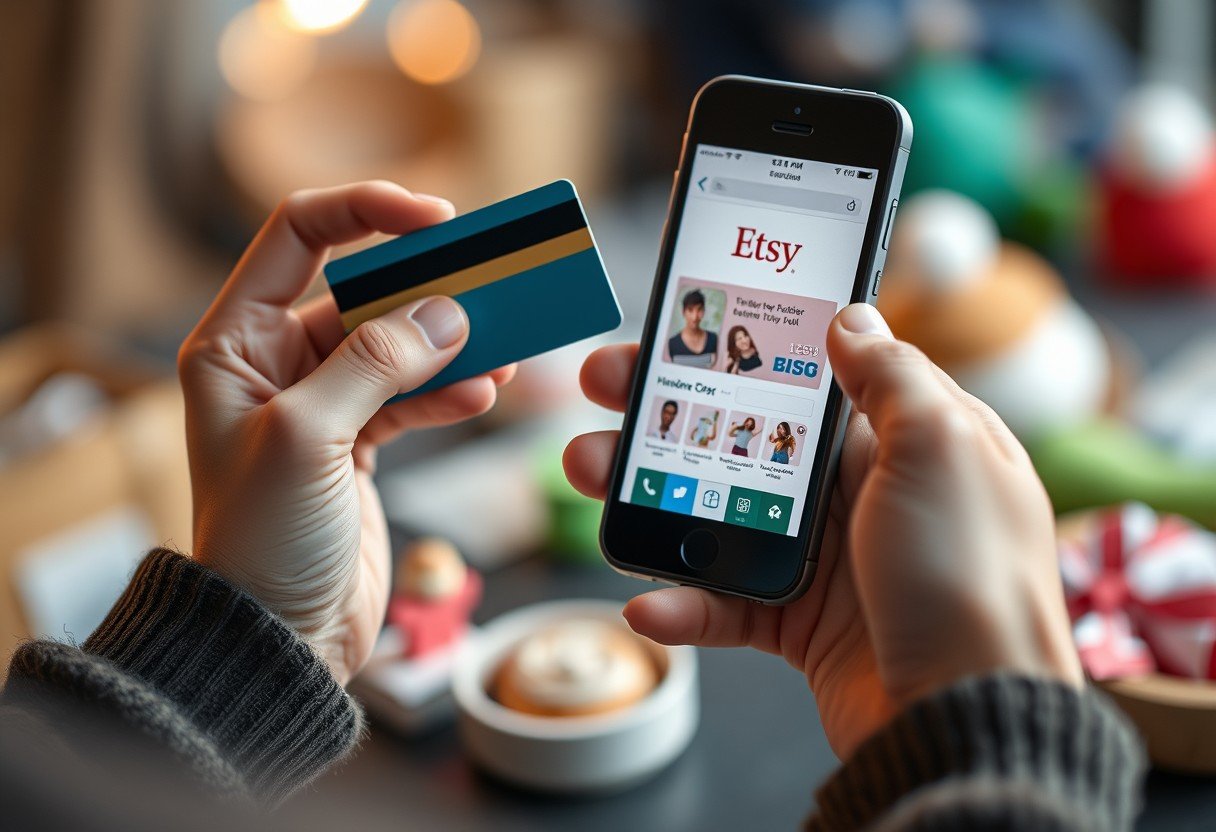
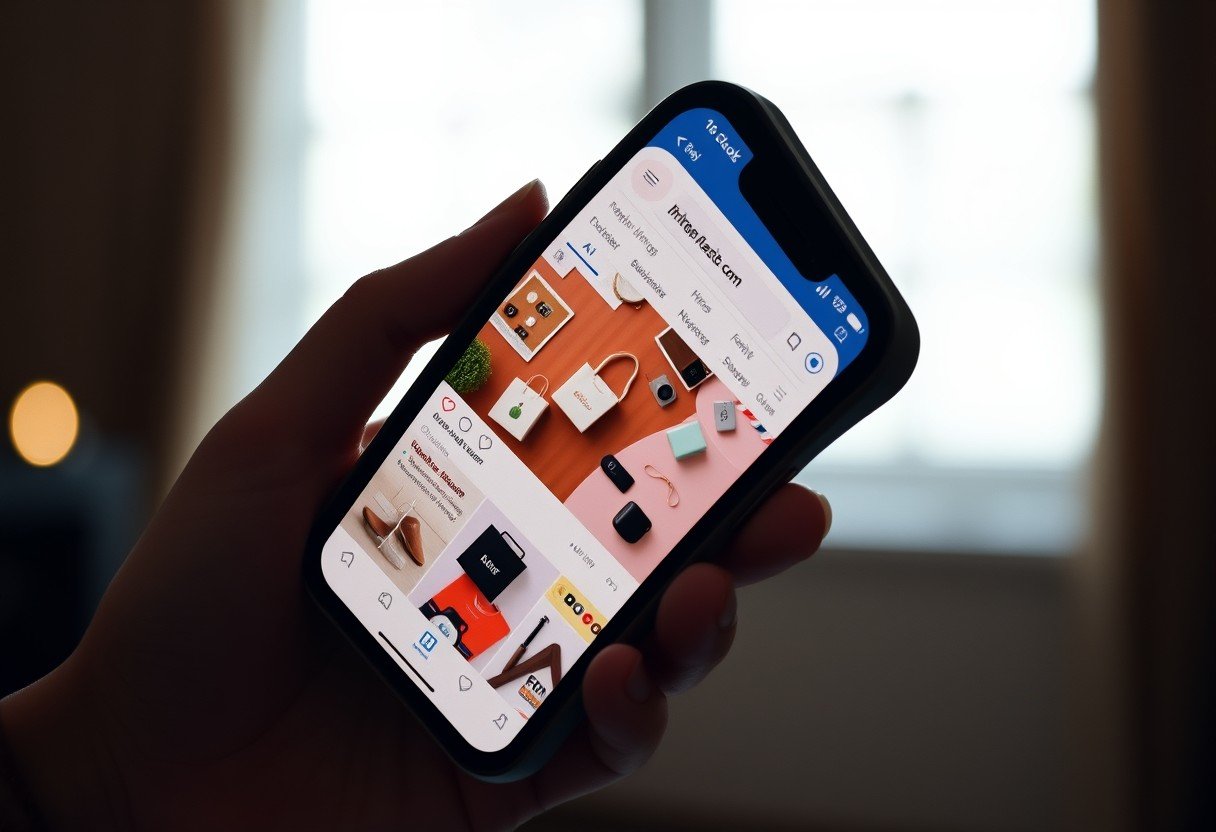


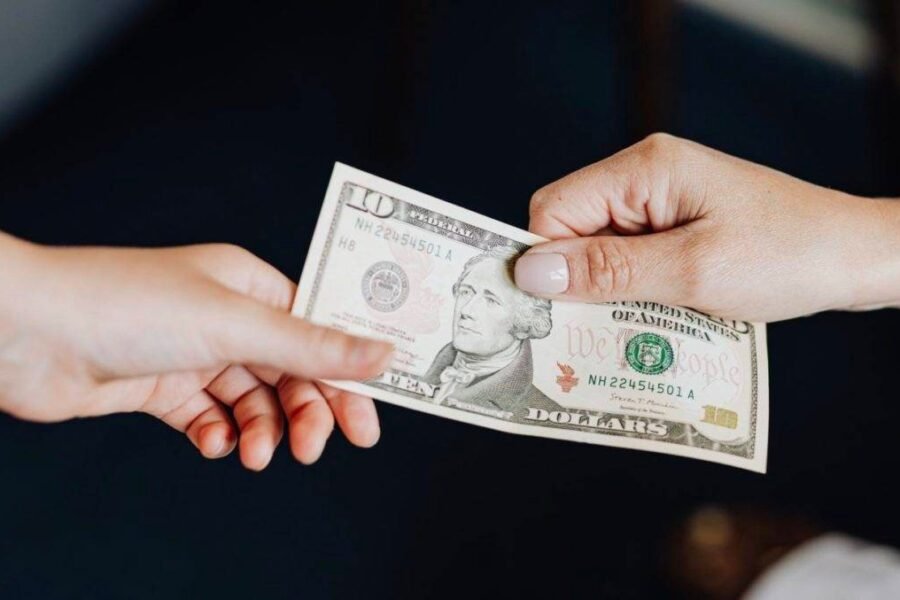
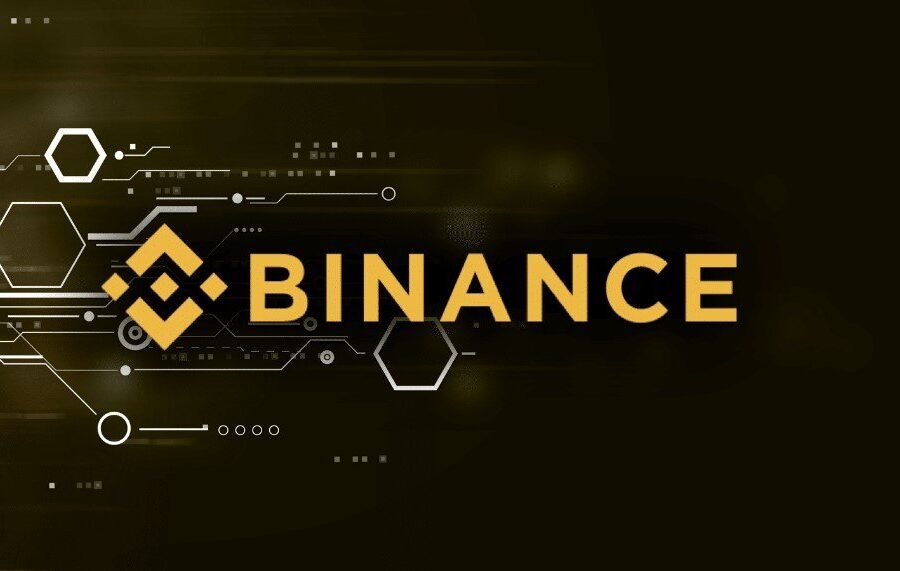

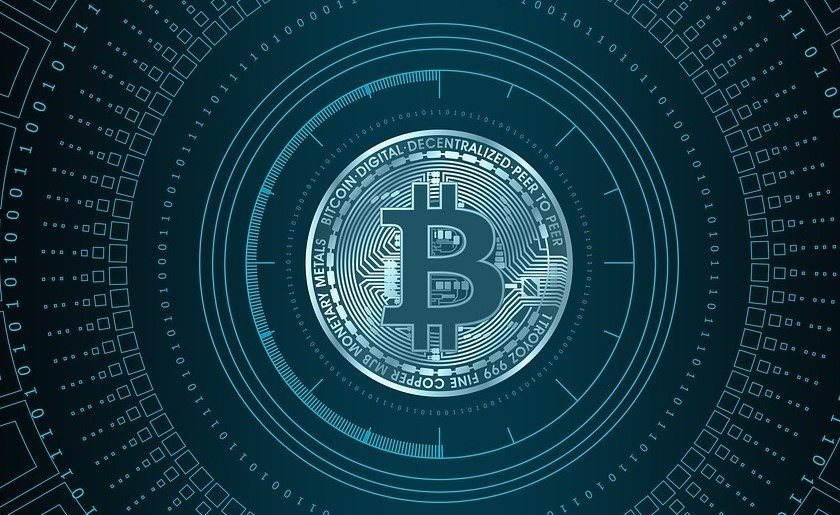
Leave a Comment